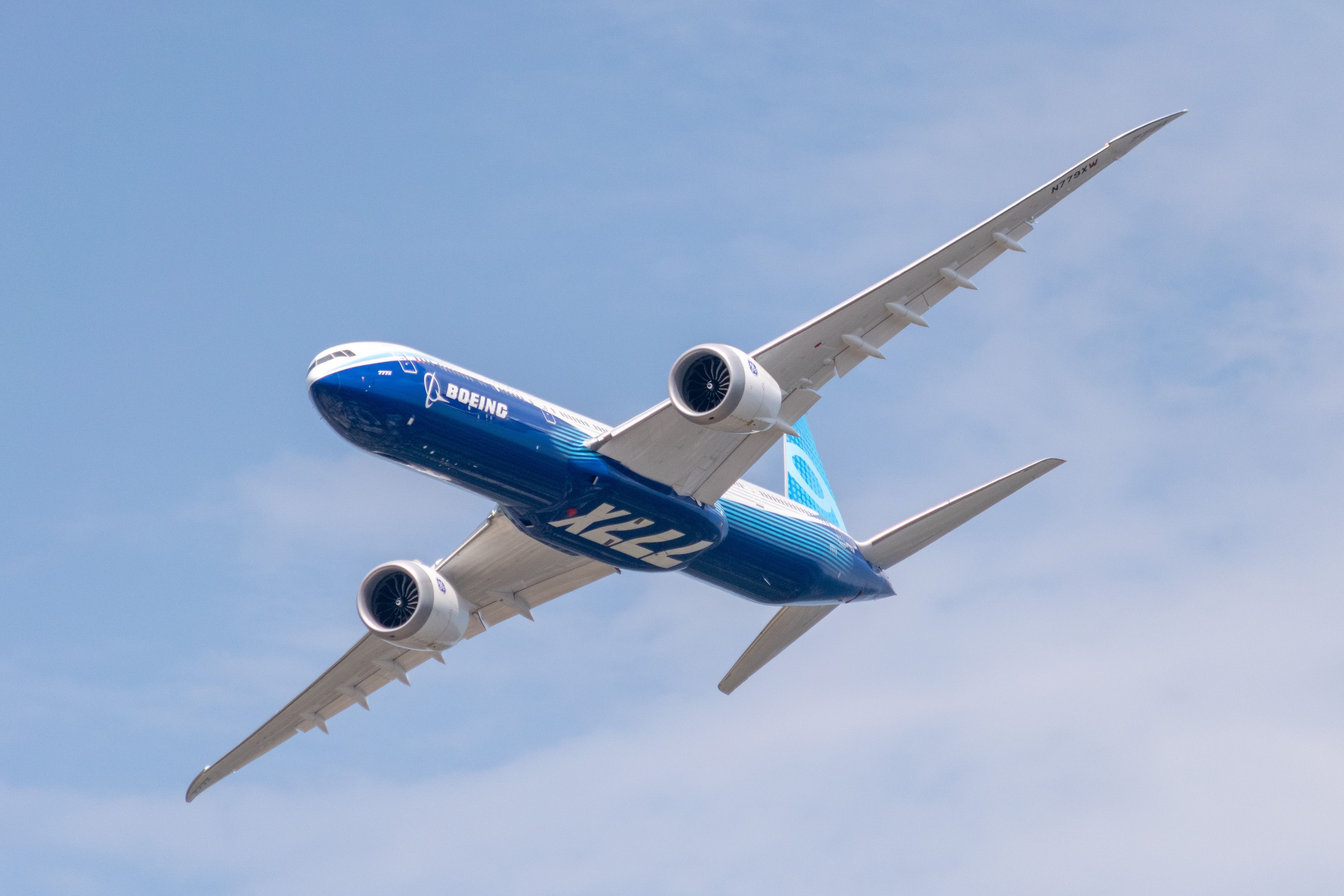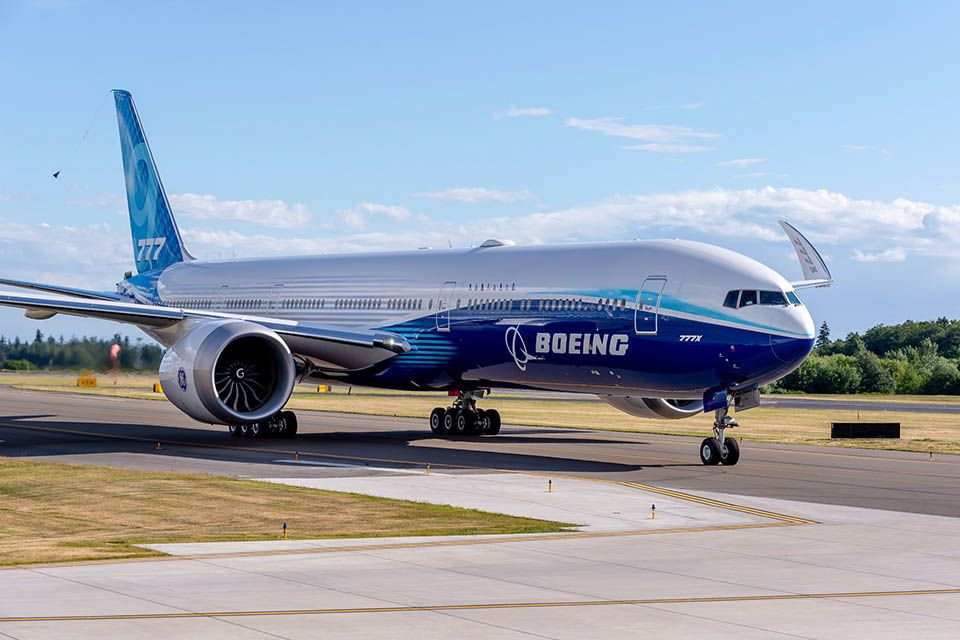Aircraft certification is a complex process that involves manufacturers, regulatory authorities, and stakeholders. The certification process considers the aircraft’s design, performance, reliability, and operability. The proposed maintenance and training programs must also be certified to receive the airworthiness certification for the type.
Moreover, aviation authorities also regulate licensing of airports, pilots, flight dispatchers, air traffic controllers, and maintenance engineers. A commercial airliner must be certified in the country it is manufactured and the countries it is intended to operate in. This means that aviation authorities from several countries and jurisdictions provide input in certifying an aircraft.
Civil Aviation Authorities
The International Civil Aviation Organization (ICAO) establishes international aviation safety, security, and efficiency regulations. International operating standards and procedures relating to aviation (including aircraft, airports, and operational practices) are also regulated by ICAO.
Additionally, each country has its civil aviation authority that regulates standards and procedures specific to the country while adhering to international aviation regulations. Some notable aviation authorities are the FAA in the US, EASA in Europe, CAAC in China, JCAB in Japan, Transport Canada in Canada, and ANAC in Brazil.
There are many bilateral treaties between national jurisdictions (for example, the EU and Japan or the EU and the US). These treaties ensure that the certification processes conducted by one authority are recognized and adopted by other certifying authorities (with some exceptions). However, the complexity of certifying an airliner across various jurisdictions lies in the processes and laws that govern the certifying authorities.
Similarities and differences
Depending on the criticality of the process, there are similarities and differences between various civil aviation authorities. While OEMs and operators enjoy similarities across jurisdictions, they must work around differences by certifying the type and operations with global campaigns. As mentioned earlier, certain bilateral agreements allow authorities to recognize the certification work of others.
However, the aircraft must undergo additional certification when there is a difference in regulation or standard. Notable, most smaller countries follow the FAA or EASA regulations closely, with minor country-specific certification campaigns. For large countries with prominent civil aviation authorities, extensive planning is required by the OEM and operators to obtain country-specific certifications.
Most country-specific regulations are based on the laws and environmental conditions of the country. Depending on the geographical location of the country, cold weather and de-icing rules may differ. For example, while Transport Canada follows the FAA in most areas of certification, cold-weather testing standards are much stricter in Canada than in the US.
Similarly, with the US history of uncontained rotor failures, the FAA requires additional compliance work to address the issues compared to EASA. The Russian aviation standards implement stricter rules for rough runway loads. In comparison, the EU standards are significantly lenient in that regard.
Want answers to more key questions in aviation? Check out the rest of our guides here.
An airworthiness certificate must be obtained when a manufacturer develops a new airplane. In the US, the airworthiness certificate is a Federal Aviation Administration (FAA) document that grants authorization to the operator to perform flights on an aircraft. OEMs ensure that the aircraft meets its design requirements and is in condition for safe operations defined by the country’s civil aviation authorities where the aircraft is intended to operate in.
What do you think about the multinational certification of aircraft? Tell us in the comments section.



